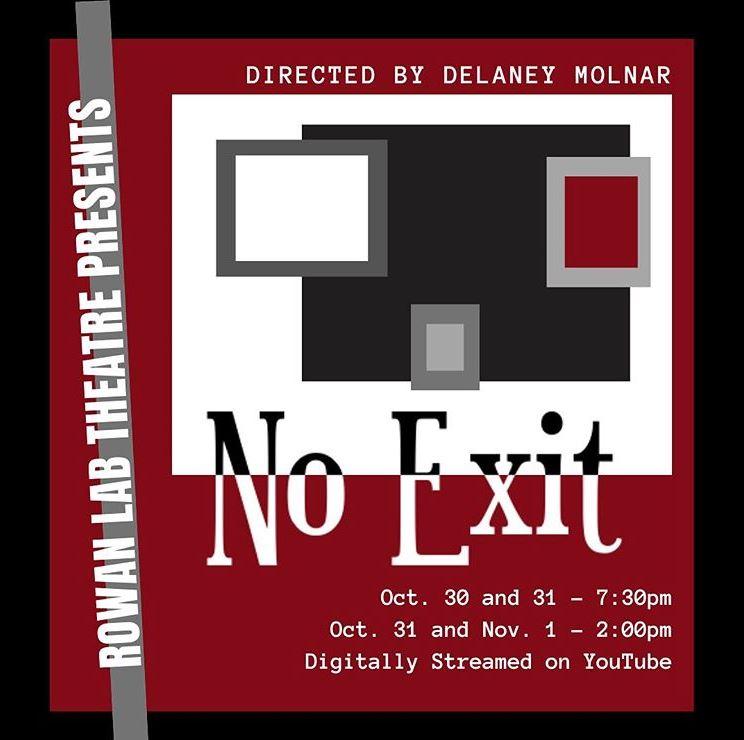On Oct. 26, I had the pleasure to sit in on a rehearsal of “No Exit” written by French playwright Jean-Paul Sartre and performed by the Rowan Lab Theatre.
“No Exit” tells the story of Vincent Cradeau, Inez Serrano and Estelle Delaunay as they are paired together in the after-life.
Rehearsal started with a few stretches led by director Delaney Molnar. Stretching may seem simple, perhaps even a bit boring, but is very important to an actor. Good acting requires a lot of physicality, even if your character isn’t very hyper. Emotions, whether experienced or portrayed, cause a lot of tension to build up within your body. Stretching is a great way to get all of that stress and tension out and ready your body for the scenes to come.
In place of mic checks came camera checks, something new to this digital art form. Testing the angle of the camera to ensure the actor can be properly seen throughout the show is vital to a Zoom performance. Because the audience is not actually in the space, the only things they can see are what the camera can see. Molnar prompted actors to make adjustments to the angle of their computer camera to set up the shot perfectly.
Then the actors launched into their performance!
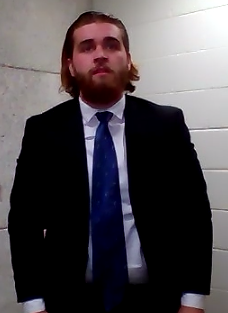
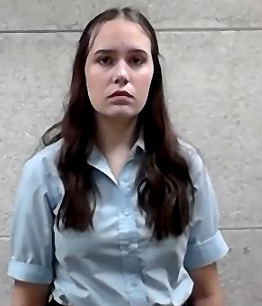
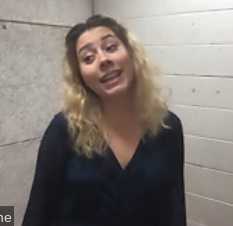
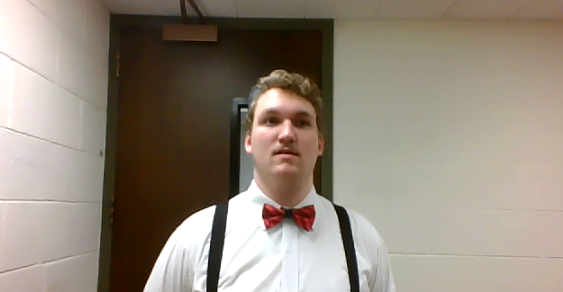
Personally, I loved the show. The actors did an incredible job staying in character when they were without lines. They handled the intentional silences without a trace of awkwardness. I was surprised by this as I could imagine sit alone in a room waiting for my next line or for another character to arrive via computer screen.
Each character was played within their distinct differences, noticeable by their first spoken line. All the reactions were displayed as the character with little to see be seen of the actor portraying them.
The minimized set design they were given worked in their favor as it happened to be a small but important part of the original script.
After rehearsal, the cast answered some questions:
What were your reactions to moving the performance online?
Stefanik (“Inez”): So, at first, it was very shocking. We were so close to putting our show up and then, in a way, that got taken away from us. So while it did kind of suck, we now had to adjust to a new thing. Luckily, we were given extra time. If we didn’t have that extra time — Oh, my gosh, I think I would have been freaking out so much. But in the end, I do think that we put up a show that is very strong. So regardless of [the transition], I think it’s still as good of a show as it would have been.
Slingluff (“Vincent”): For me, I think it [was] upsetting, obviously, that what we worked a month on just gets thrown out almost completely. But [with] coming to this setting [and] this idea of entrapment in the show, and feeling trapped in this virtual world that we all have to live in for the time being draws on a parallel. It does give a very present meaning to the piece.
Molnar (Director): Like Kirk said, from a director standpoint, I was like: ‘Oh crap. I have to throw away everything I’ve been working on.’ Then I realized I wasn’t quite throwing it away. We were just sort of rethinking it, so that was a little bit of like a silver lining. No, we’re not starting from scratch; we’re just sort of reworking what we already have, which made me sleep a little bit easier at night, knowing that we weren’t completely starting over from square one.
In what ways do you think the transition has helped the play and in what ways has it made it more difficult?
Molnar (Director): It’s made it more difficult in a lot of ways. I think the actors can attest to this, it is infinitely harder to act through a computer — and in just a blank room — than it is when you have everyone else surrounding you. As far as trying to stage a show in Zoom: it’s also very difficult. But I think it allows for us to play with the space in a different way, which is more interesting than in a normal, regular, in-person, on-stage show.
What lessons do you think you learned from the play?
Lacher (“Bellboy”): Something I guess I learned about the show was that like [it’s] interesting… how even though the three [other characters aren’t] in the same room together, I still feel like they still have that same going at each other [energy]. I think it’s really cool that we’ve been able to transition that because I know when we were in person, it was so cool because [of] all the stuff we had going on, but I think it’s still been transferred pretty well over.
Molnar (Director): I always just think about [how] it reminds me of people and cooperation and working together. And do you do selfish things for the betterment of yourself? Or do you try to benefit the rest of the group? And I think that that’s something definitely that we’re looking at now, in the time of COVID and everything like — do you do things selfishly, because it makes you happy? Or do you sacrifice things that make you happy for the good of everyone else? And that’s, I think, a big theme of this show.
Do you have a favorite moment from the rehearsal process?
Stefanik (“Inez”): I think one of my favorite moments from the rehearsal process was when we were still in person, with the original blocking that we had. We had a lot more — I don’t even know how to say it — like, intricate blocking, where we were kind of showing how those scenes were playing out on Earth, but [we were] back in hell. We had this one cool sequence, and I loved it. Unfortunately, it’s not shown in this. It was those three moments — Kirk’s, mine and Val’s — like those three moments where we had that cool blocking I loved those.
What are you most excited for when productions move back to in-person?
Calderone (“Estelle”): I just want to see everyone in person. It’s so different. Being virtual, I feel like you don’t… there’s definitely so much benefit in face to face interaction and hugs, hugs. I know we’re probably not gonna get hugs back for a while, but I do miss hugs.
Stefanik (“Inez”): Yeah, I’m definitely excited to have the energy of the other people [and] sharing a real space with them.
Calderone (“Estelle”): Yeah, I’m excited to be able to look them. I really took that for granted the past however many years that I’ve been acting; just that simple eye contact goes a long way.
“No Exit” will be streamed on YouTube on the following dates:
Oct. 30 at 7:30 p.m.
Oct. 31 at 2:00 p.m. and 7:30 p.m.
Nov. 1 at 2:00 p.m.
The production will be free for all to view; however, they are suggesting a $5 donation to help to program grow and put on future performances – trust me, worth it! The link to the production will be posted on their Instagram soon!
For questions/comments about this story, email [email protected] or tweet @TheWhitOnline.

























































































































































!["Working with [Dr. Lynch] is always a learning experience for me. She is a treasure,” said Thomas. - Staff Writer / Kacie Scibilia](https://thewhitonline.com/wp-content/uploads/2025/04/choir-1-1200x694.jpg)









































